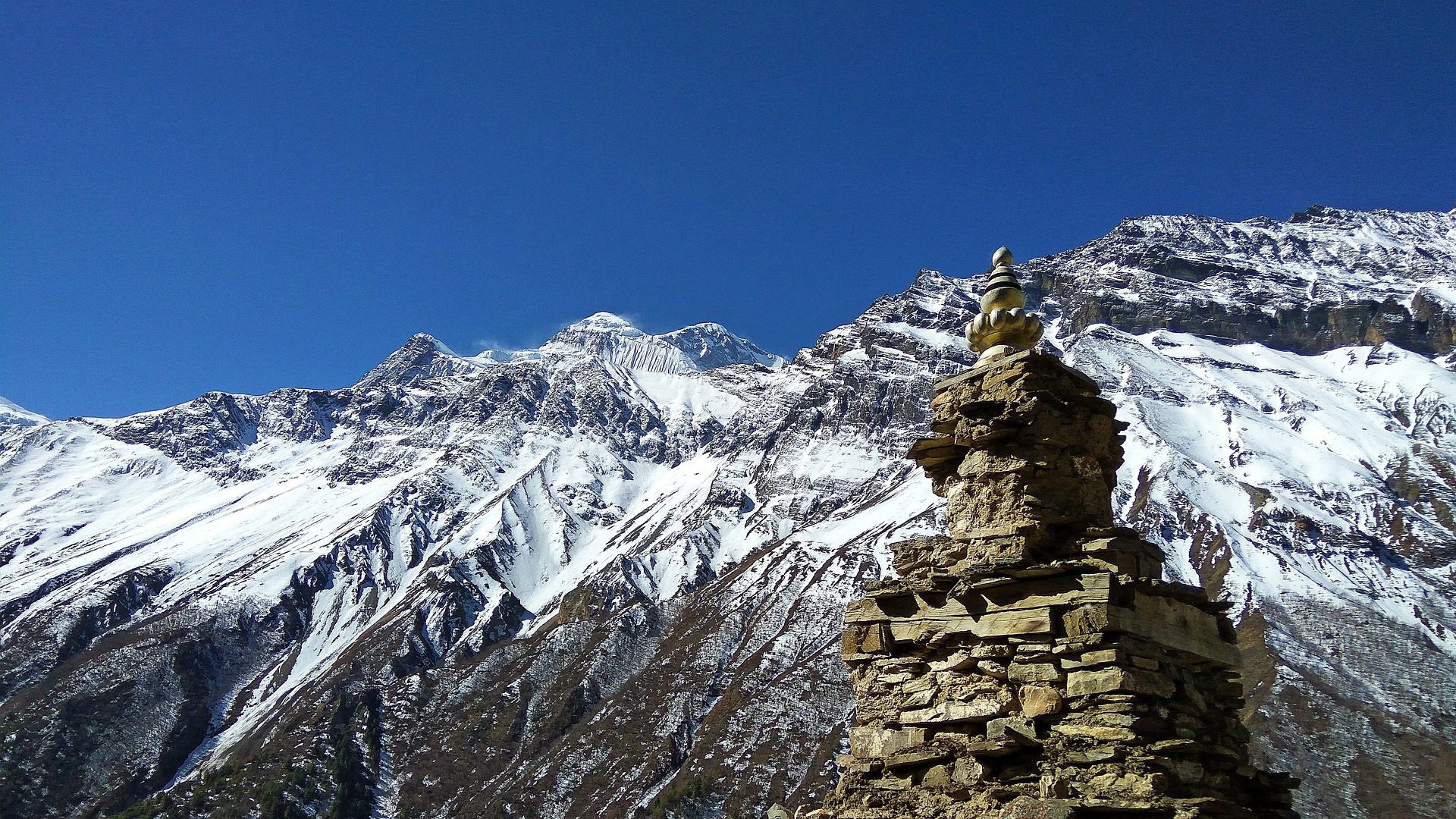Located just north of Kathmandu, the Langtang Valley offers one of the most accessible mountain trekking experiences in Nepal. Despite its proximity to the capital, the region feels remote, wild, and deeply rooted in Tibetan-influenced culture.
Langtang is reachable by road from Kathmandu — it takes 6 to 8 hours to reach Syabrubesi by jeep or bus. From there, the trek is linear: you walk up to Kyanjin and return the same way.
The best trekking seasons are October–November and March–April. Trails are well marked, and accommodation is available every few hours of walking.
The difficulty is moderate: no technical skills are required, but you’ll still gain significant elevation.
The classic Langtang trek follows the Langtang Khola river upstream from the village of Syabrubesi. The trail gradually climbs through oak, pine, and rhododendron forests, then through yak pastures and small stone-built villages.
The journey usually takes around 7 to 10 days round trip, depending on how many acclimatization days and side hikes you include. The highest point is Kyanjin Gompa (3,870m), a peaceful village facing Langtang Lirung and surrounded by glacial peaks.
From Kyanjin, you can do optional day hikes to Kyanjin Ri or Tsergo Ri (4,984m), both offering panoramic views over the Langtang Himal and nearby Tibet.

Langtang was heavily affected by the 2015 earthquake, and many villages — including Langtang itself — were completely destroyed by landslides. Entire communities were displaced, lives were lost, and what was once a vibrant trekking region fell silent. But in the years since, local residents have slowly and steadily rebuilt, with a quiet determination that reflects the strength of the mountains around them. Today, lodges have reopened, trails are clear, and the spirit of Langtang is very much alive.
Most residents in the valley are of Tamang and Tibetan origin, with deep-rooted traditions linked to Tibetan Buddhism. As you walk, you’ll pass rows of prayer wheels, long mani walls carved with mantras, and small monasteries perched on hillsides, often with views that make you pause in silence. Many families now host trekkers in rebuilt teahouses, offering simple but heartfelt hospitality — hot tea by the fire, humble meals, and stories of what was lost and what still remains.
Trekking in Langtang is not only a chance to witness stunning alpine landscapes, from dense forests to high pastures and glacier-carved valleys — it’s also a way to contribute directly to a region that has endured, healed, and opened its arms once again. By walking these trails, you’re helping keep a culture alive, step by step, and giving meaning to a journey that goes far beyond the views.